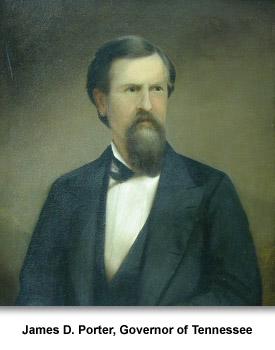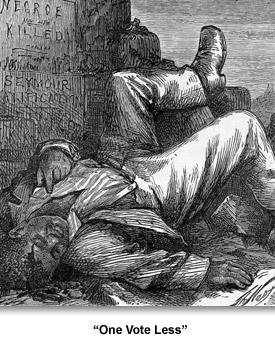Civil War and Reconstruction
World of Politics
Reconstruction was a time when politics really mattered. Participating in political rallies and voting helped to define freedom for both former slaves and former Confederates.
Voters and their elected leaders would decide what course the state would take. Would Tennesseans embrace change and new freedoms? Would they cling to the broken remnants of the past?
Expressing your political beliefs during Reconstruction could be dangerous. Who was allowed to vote was a very hotly contested issue.
Groups like the Ku Klux Klan were willing to use violence to stop African Americans and white Republicans from participating in and winning elections. Would you be willing to cast a vote that would endanger you and your family’s safety?
Explore further to discover how Tennesseans answered the questions and challenges of Reconstruction politics.
Picture Credits:
- A stereoscopic photograph of “the Capitol Building, Nashville, Tennessee.” A stereograph is a type of photograph with side by side images. This photograph was created sometime between 1870 and 1897. New York Public Library
- Political cartoon from Harper’s Weekly entitled, “One Vote Less.” The drawing depicts a murdered African American man. Near the man the words, “Negroe Killed” and “KKK” are written. This drawing was originally included in the August 8, 1868 issue. Harper’s Weekly
- Portrait painting of James D. Porter, governor of Tennessee from 1875 to 1879. Porter had supported the Confederacy during the Civil War and afterwards joined the Democratic Party. This portrait was painted in 1846 by Washington B. Cooper. Tennessee State Museum, 76.102
Civil War and Reconstruction >> Reconstruction >> World of Politics >>



 Sponsored by: National Endowment for the Humanities
Sponsored by: National Endowment for the Humanities